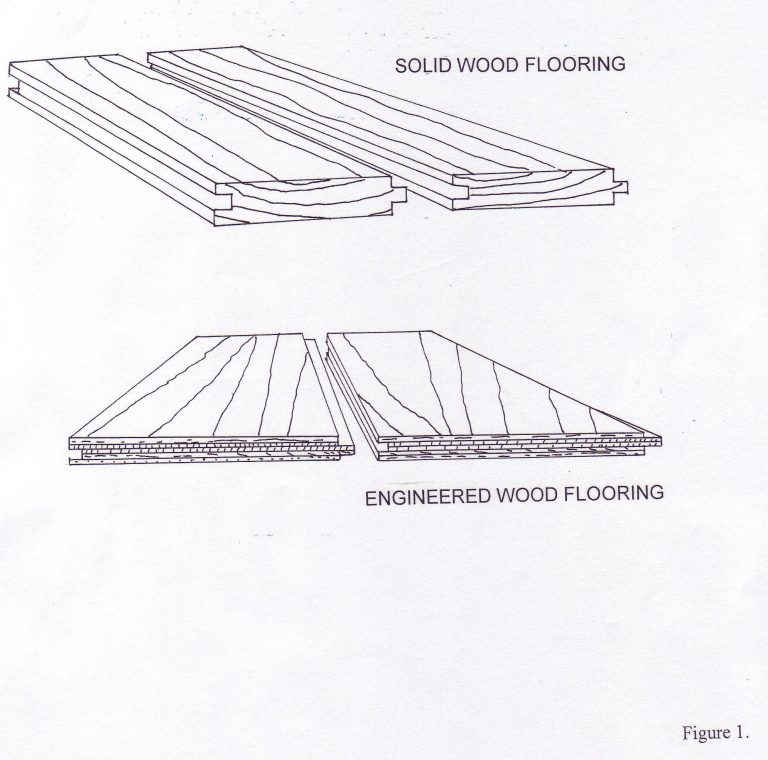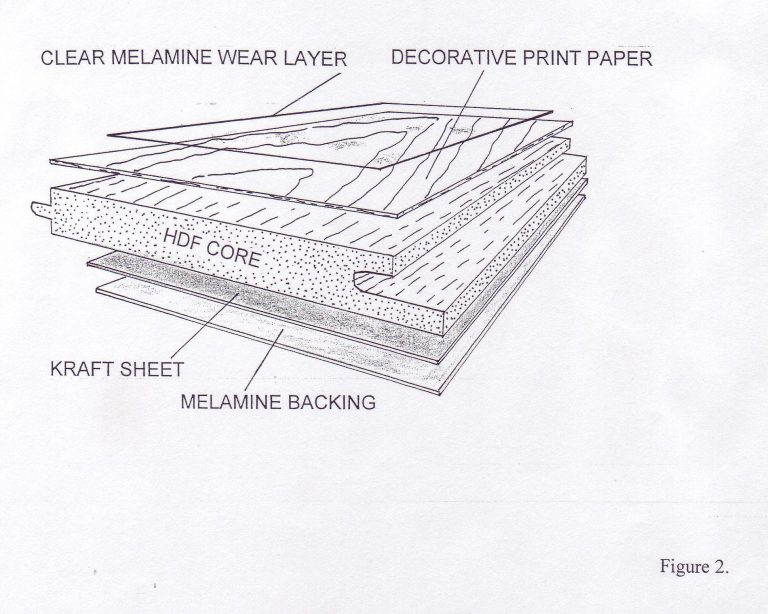Basics of Laminated Flooring
Solid wood flooring is the most expensive and architecturally desired among other floorings in residential and commercial buildings. Homes with solid wood flooring have proven to have a higher resale value than comparable homes without wood floors. However, high cost is one of the disadvantages of wood flooring.
The overall value of flooring in construction industry was about $2 billion in 2009 and is predicted to be around $5.8 billion in 2014. Wood-based flooring materials have a significant part of this amount. It is a known fact that engineered flooring is becoming more and more popular in North America.
In general, wood-based flooring consists of three to nine thin layers of wood ply of various species constructed similar to plywood or laminated veneer lumber, which are more functional and less expensive than solid wood flooring. Shrinkage and swelling of such flooring as a result of moisture content fluctuation in surrounding environment will be limited due to cross grain orientation of each ply. Therefore, they are dimensionally more stable than solid wood flooring.
Both solid wood and engineered wood floorings can be manufactured from different species including oak, maple, ash, birch, cherry and beech, which are the most commonly used raw materials. Figure 1 illustrates a comparison of typical construction of solid wood and engineered wood flooring.
Figure 1.
Increasing cost of solid wood has resulted in the development of laminated flooring, which has been widely used in many countries in the last 25 years and is becoming more popular in the U.S., due to its low cost and simplicity. Typical laminated flooring consists of various layers of elements that are bonded together in the form of a sandwich.
High density fiberboard (HDF) is a fiber based wood composite having a density above 0.85 g/cm3 is the most widely used core material in the manufacture of laminated flooring. High density fiberboard is a composite panel produced from waste and residue material of wood products allowing manufacturers to make laminated flooring very sustainable to save our forest resources. Core HDF is around 60-70 percent of total weight of the panel.
High pressure laminate (HPL) and direct pressure laminate (DPL) are two methods in manufacturing of laminated flooring in the U.S.
DPL is generally made up of four individual layers, namely melamine wear resistance protective finish as top layer, high decorative print paper with different color and patterns, HDF panel as core layer and balancing melamine backing layer providing dimensional stability to the flooring.
On the other hand, HPL has one or two more layers than that of DPL. In production of HPL floorings sandwiched panels are compressed using a pressure of 1,200 psi at approximate temperature of 340 degrees Fahrenheit for 30 to 40 seconds. After the sheets are pressed together, they are cooled to complete curing of each layer so that any possible surface imperfections are eliminated. Following the conditioning of the panels they are cut into planks before the tongue and grooves are milled on the edges.
Figure 2 shows typical layers of HPL flooring. Low maintenance requirement is one important advantage of such floorings. They don’t require any waxing or polishing. Top wear layer has aluminum oxide particles with combination of melamine resin resulting in scratch and stain resistance of the final product and even making it harder than many solid wood species.
Figure 2.
Typical HPL flooring is more than six or seven times durable than HPL used for kitchen countertops. Such floorings are particularly recommended for places where there is heavy walking traffic. Although laminate floorings are extremely durable, it is still recommended that sharp edges such as feet of tables and chairs should be covered with self adhesive pads.
Minor damages including small gouge should be fixed before the seeping. No sanding or refinishing can be applied to laminated flooring, and any heavily damaged pieces should be replaced. This flooring can be installed in kitchens, bathrooms and other places with high relative humidity, but they will not tolerate direct contact of water for long periods of time similar to other wood based floorings.
Unlike solid wood or engineered floorings, laminate flooring has uniform and homogeneous grain orientation. Spraying a light mist of soapy water to wipe the flooring is an ideal way for cleaning. HPL flooring can easily be installed on subfloor, concrete, wood or any existing floor. Since it is manufactured, tongue and groove adjacent pieces are interlocked with each other resulting in a solid paneling effect on the floor.


